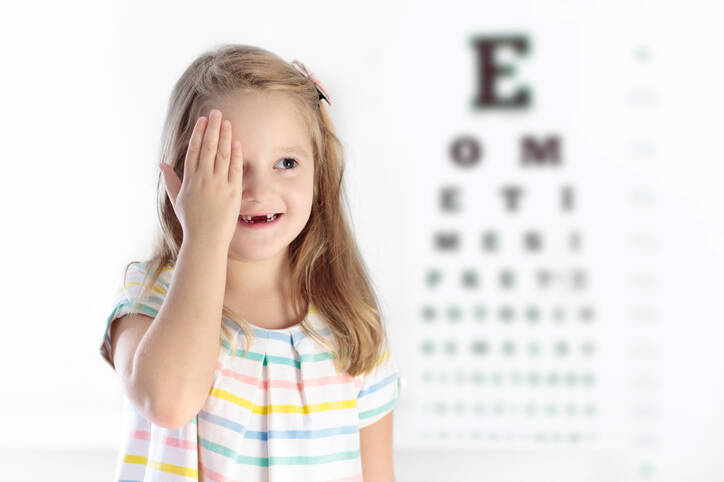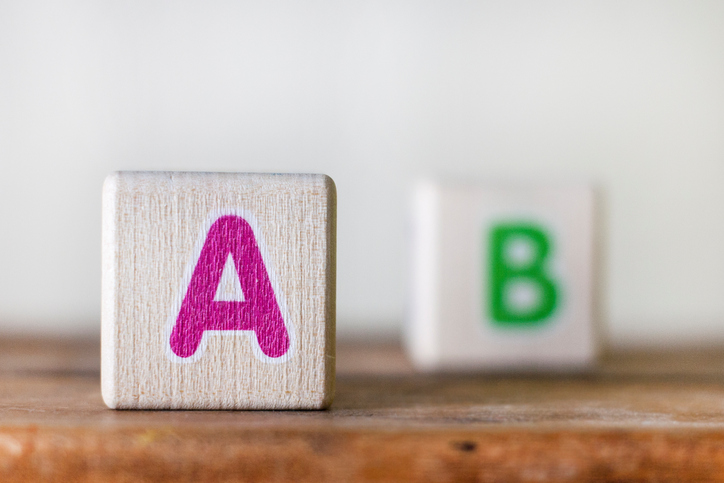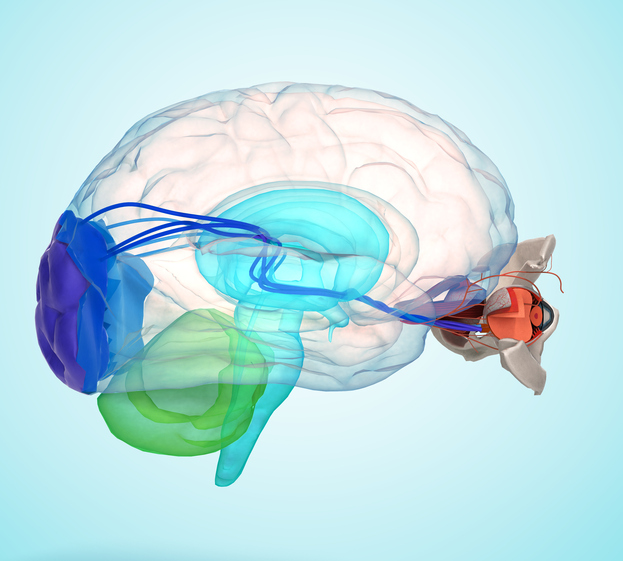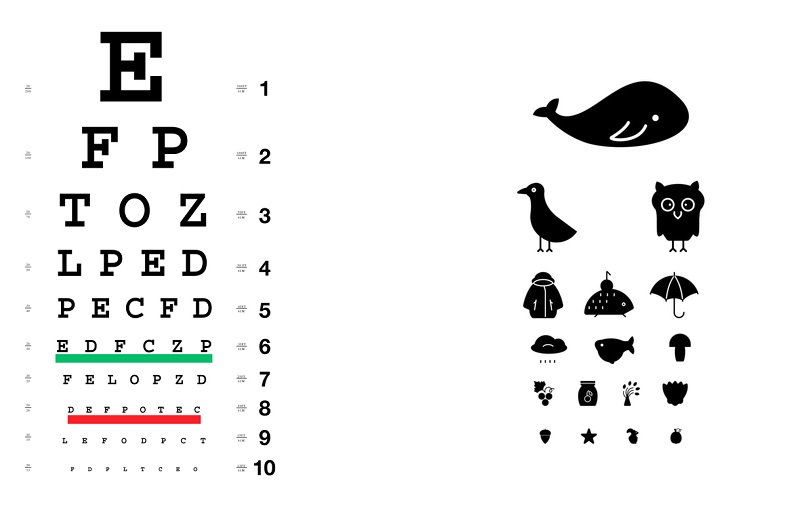- Jefferis JM, Connor AJ, Clarke MP (November 2015). "Amblyopia". BMJ. 351: h5811. doi:10.1136/bmj.h5811. PMID 26563241. S2CID 220101666.
- Ferri FF (2010). Ferri's differential diagnosis: a practical guide to the differential diagnosis of symptoms, signs, and clinical disorders (2nd ed.). Philadelphia, PA: Elsevier/Mosby. p. Chapter A. ISBN 978-0-323-07699-9.
- Maconachie GD, Gottlob I (December 2015). "The challenges of amblyopia treatment". Biomedical Journal. 38 (6): 510–6. doi:10.1016/j.bj.2015.06.001. PMC 6138377. PMID 27013450.
- Webber AL, Wood J (November 2005). "Amblyopia: prevalence, natural history, functional effects and treatment". Clinical & Experimental Optometry. 88 (6): 365–75. doi:10.1111/j.1444-0938.2005.tb05102.x. PMID 16329744. S2CID 39141527.
- Schwartz MW (2002). The 5-minute pediatric consult (3rd ed.). Philadelphia: Lippincott Williams & Wilkins. p. 110. ISBN 978-0-7817-3539-1.
- Levi DM (November 2013). "Linking assumptions in amblyopia". Visual Neuroscience. 30 (5–6): 277–87. doi:10.1017/S0952523813000023. PMC 5533593. PMID 23879956.
- "Amblyopia (Lazy Eye)". National Eye Institute. 2 July 2019. Retrieved 31 January 2020.
Putting special eye drops in the stronger eye. A once-a-day drop of the drug atropine can temporarily blur near vision, which forces the brain to use the other eye. For some kids, this treatment works as well as an eye patch, and some parents find it easier to use (for example, because young children may try to pull off eye patches).
- Bianchi PE, Ricciardelli G, Bianchi A, Arbanini A, Fazzi E (2016). "Chapter 2: Visual Development in Childhood". In Fazzi E, Bianchi PE (eds.). Visual Impairments and Developmental Disorders: From diagnosis to rehabilitation Mariani Foundation Paediatric Neurology. John Libbey Eurotext. ISBN 978-2-7420-1482-8. Archived from the original on 8 September 2017. Retrieved 27 July 2016.
- "Online Etymology Dictionary". www.etymonline.com. Archived from the original on 8 September 2017. Retrieved 5 May 2017.
- Hess RF, Mansouri B, Dakin SC, Allen HA (May 2006). "Integration of local motion is normal in amblyopia". Journal of the Optical Society of America A. 23 (5): 986–92. Bibcode:2006JOSAA..23..986H. doi:10.1364/JOSAA.23.000986. PMID 16642175.
- Polat U, Ma-Naim T, Belkin M, Sagi D (April 2004). "Improving vision in adult amblyopia by perceptual learning". Proceedings of the National Academy of Sciences of the United States of America. 101 (17): 6692–7. Bibcode:2004PNAS..101.6692P. doi:10.1073/pnas.0401200101. PMC 404107. PMID 15096608.
- Levi, Dennis M.; Song, Shuang; Pelli, Denis G. (2007). "Amblyopic reading is crowded". Journal of Vision. 7 (2): 21.1–17. doi:10.1167/7.2.21. ISSN 1534-7362. PMID 18217836.
- ^imons K (2005). "Amblyopia characterization, treatment, and prophylaxis". Survey of Ophthalmology. 50 (2): 123–66. doi:10.1016/j.survophthal.2004.12.005. PMID 15749306.
- Tyler CW (2004). Tasman W, Jaeger EA (eds.). Binocular Vision In, Duane's Foundations of Clinical Ophthalmology. Vol. 2. Philadelphia: J.B. Lippincott Co.
- Mohammadpour, M; Shaabani, A; Sahraian, A; Momenaei, B; Tayebi, F; Bayat, R; Mirshahi, R (June 2019). "Updates on managements of pediatric cataract". Journal of Current Ophthalmology. 31 (2): 118–126.
What is amblyopia in children? Causes and symptoms

Photo source: Getty images
Most common symptoms
Show more symptoms ᐯ
Treatment: exercises, an eyepiece and spectacles will help treat nearsightedness.
Show moreAmblyopia is treated by
Other names
Amblyopia, Lazy eye














